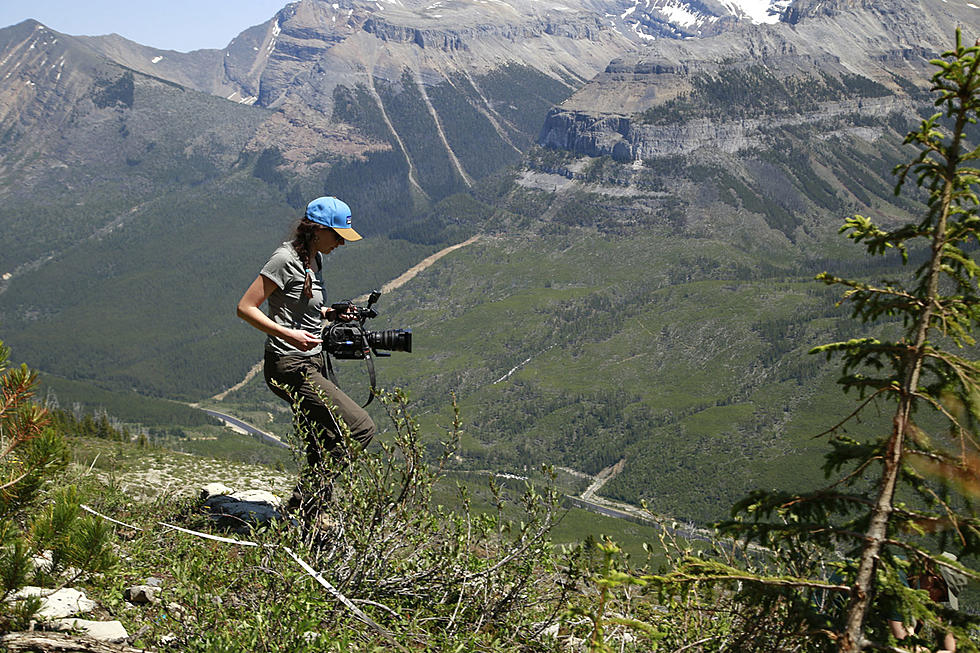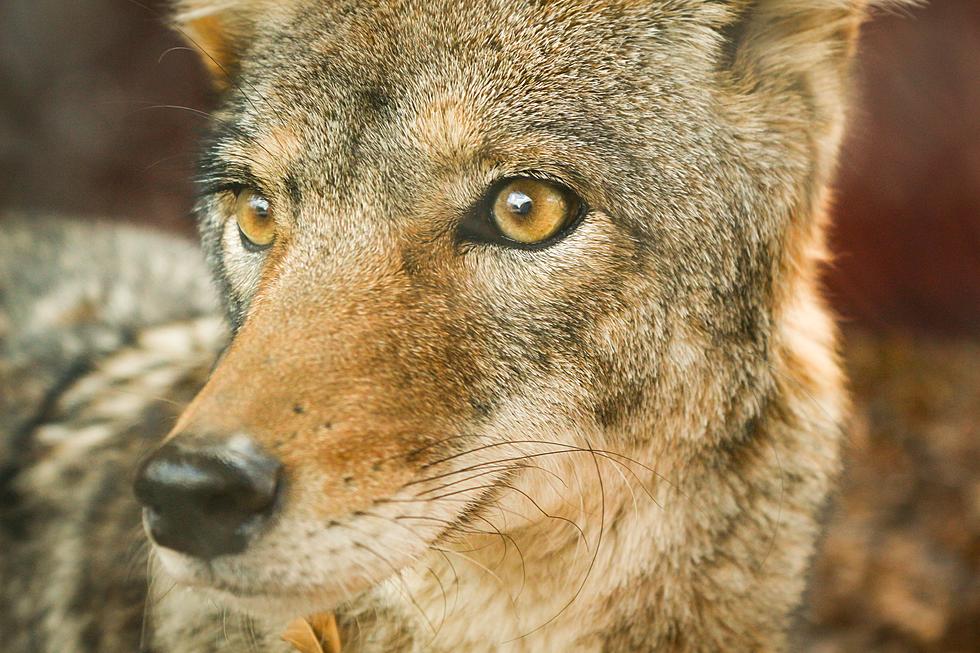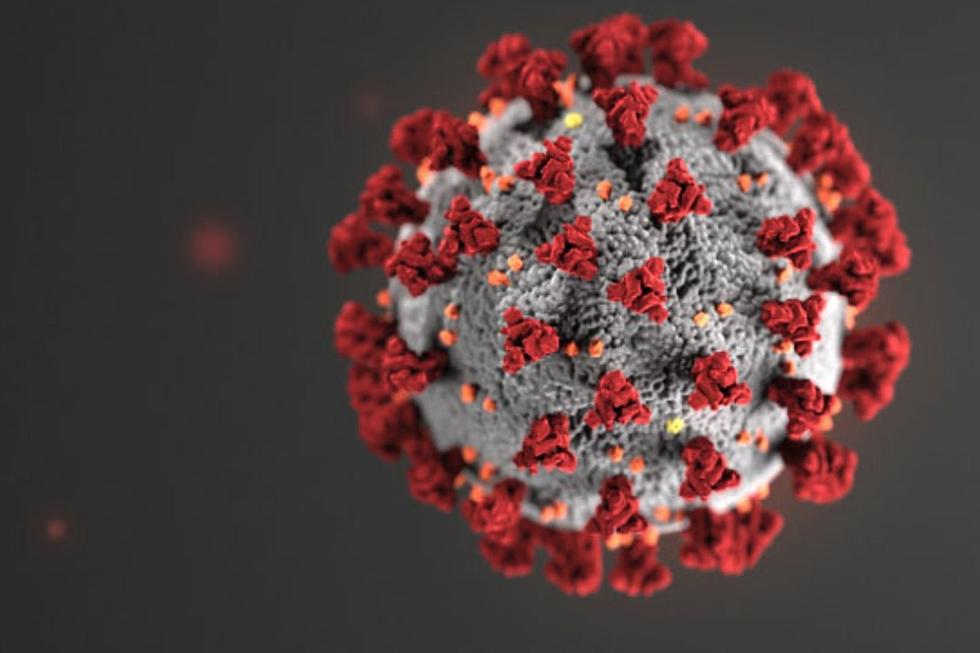
Critical Science Journalism Training Expands at UM
When a weather or other natural disaster happens, how do you explain the causes and the effects in a way that makes the science easy to understand? The University of Montana School of Journalism is becoming well-known for a graduate program that does just that.
The UM master's program in Environmental Science and Natural Resource Journalism is over 10 years old and has just received a half-million dollars to continue to expand. The $500,000 came from the Orange County Community Foundation. The money will be used for the Crown Reporting Fellowship, along with other parts of the school's graduate program.
Graduates have used the training to work at newspapers, online sites, broadcast facilities and at other universities and colleges. The school also offers the Crown Reporting Fellowship, which asks students to suggest a story idea and then matches up the best presentations with mentors to help the students complete their story. Mentors have come from the New York Times, National Public radio, National Geographic other other publications and broadcasters.

Associate professor Nadia White, director of the graduate program, said in a news release, "This fabulous gift recognizes the strength of UM's interdisciplinary approach to training the professional journalists and science communicators of tomorrow."
A 2021 Journalism Impact Grant also helps the Crowning Reporting Fellowship program. UM School of Journalism direcotr Denise Dowling said, "We're grateful for the ability to continue our already-successful Crown Fellowship, which brings top-notch grad students to UM. I'm particularly excited the grant will allow us to expand the curriculum to prepare student reporters and professionals covering extreme situations." The graduate program also includes environmental public health reporting.
LOOK: The most expensive weather and climate disasters in recent decades
KEEP READING: Get answers to 51 of the most frequently asked weather questions...
More From Alt 95.7









